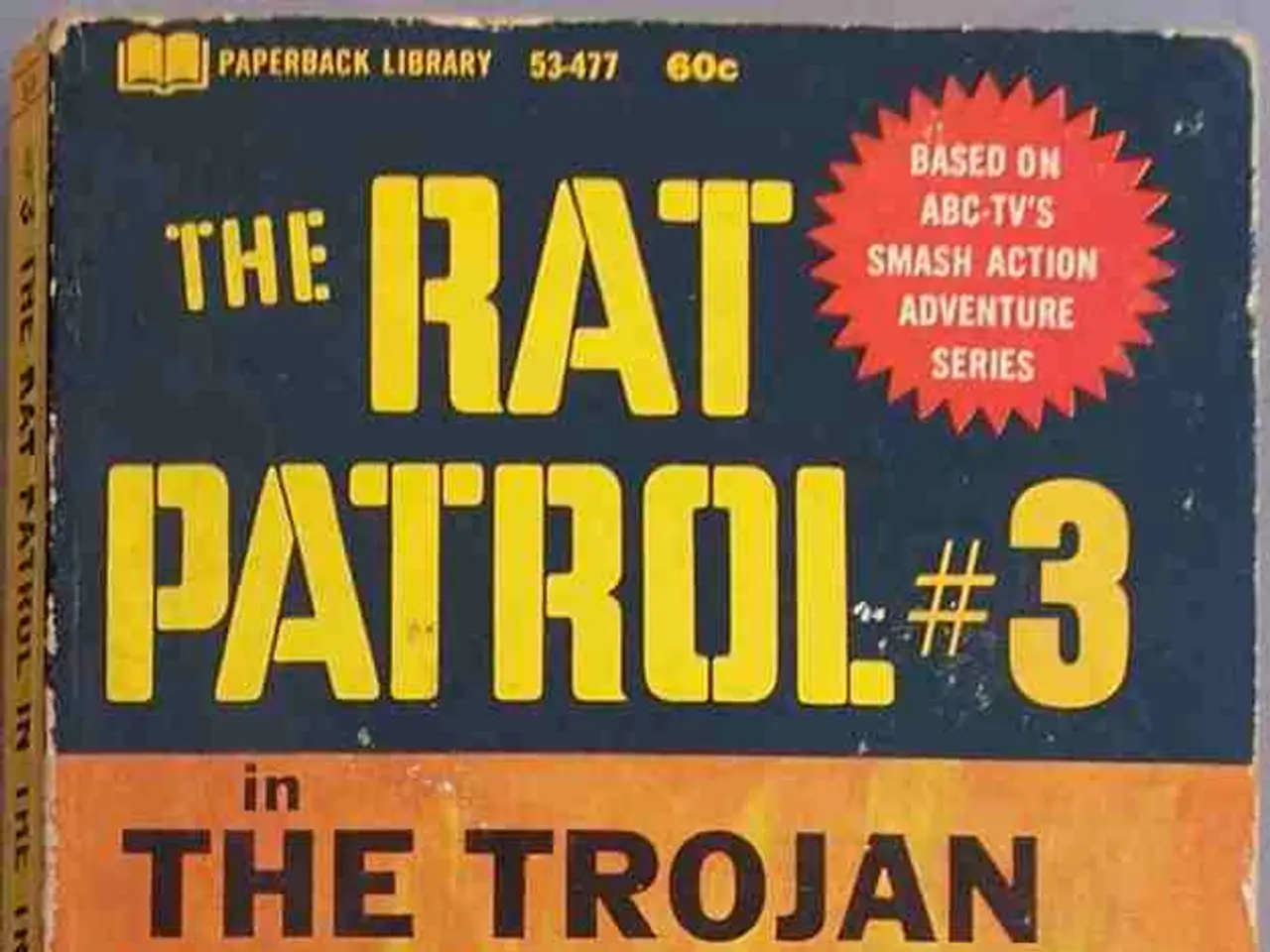Russia's Unusual Guidelines for Troops in Ukraine Conflict: A Look at the Oddly Strange Battle Directive
In the final months of 2022, a new Russian military manual titled "I Live, I Fight, I Win!" was published and found online. Written to guide newly mobilized conscripts, the manual's title proclaims its intent to equip soldiers with the knowledge to survive, fight, and triumph. However, as the conflict in Ukraine continues, it appears that Russia's forces are struggling to accomplish all three.
The strategic goal suggested by this manual goes beyond merely occupying the illegally annexed regions in Ukraine. According to analyses, it advocates for a broader military objective: the total defeat and dismemberment of Ukraine as a sovereign state. This implies eliminating Ukraine’s capacity to operate independently, effectively subordinating or dismantling the Ukrainian state rather than limiting operations to the annexed territories alone.
Russian President Vladimir Putin declared the Ukrainian regions of Donetsk, Kherson, Luhansk, and Zaporizhzhia as "four new regions" of Russia on September 30, 2022. These declared regions are the focus of Russian ground fighting and are likely the limits of Russian military objectives, as they are aimed at creating a land bridge to Crimea.
The manual offers advice on improvising in the field to make up for supply shortages, such as finding water sources, weapon maintenance, and sanitation methods. It also reassures soldiers that they will be issued everything they need, but also points towards an expectation that Russian soldiers will continue to operate in a supply-degraded environment.
The manual's rhetoric reflects a focus on the entirety of Ukraine, not just the eastern regions where ground combat is currently contained. The manual frames the "special military operation" as the "Great Patriotic War 2.0," suggesting an ultimate goal that is not limited to these illegally annexed regions but encompasses the entirety of Ukraine.
Interestingly, the Russian military appears to be reverting to dated tactics that are not up to the task for the current conflict in Ukraine. Soviet doctrine during the Great Patriotic War (World War II) was characterized by a focus on mass and throwing soldiers and ammunition at the problem, a strategy that is visible in "I Live, I Fight, I Win."
The manual was captured on the battlefield and was described by Latvian journalist Kristaps Andrejsons on his podcast. The manuscript was shared online by Lethal Minds Journal, an outlet written by and for active military members and veterans.
The manual's emphasis on objectives beyond the occupation of illegally annexed regions, continued supply shortages, and a bias towards overwhelming numbers of infantry and artillery raises concerns about the potential for a prolonged and devastating conflict in Ukraine. It is crucial for international efforts to continue supporting Ukraine in its fight for independence and sovereignty.
- The new Russian military manual, titled "I Live, I Fight, I Win!", suggests a strategic goal that extends beyond the occupation of illegally annexed regions in Ukraine, proposing the total defeat and dismemberment of Ukraine as a sovereign state, which implies subordination or dismantling of the Ukrainian state.
- The Russian military's focus on improvising in the field to compensate for supply shortages, as outlined in the manual, suggests that they may operate in a supply-degraded environment during the conflict in Ukraine.
- The Russian military's approach to the conflict in Ukraine, reflected in the manual's rhetoric, shows a bias towards overwhelming numbers of infantry and artillery, resembling Soviet doctrine during the Great Patriotic War (World War II).
- The implications of this military strategy, as presented in the manual, raise concerns about the potential for a prolonged and devastating war-and-conflicts in Ukraine, emphasizing the importance of international support for Ukraine's independence and sovereignty.
- The publication of "I Live, I Fight, I Win!" and its focus on objectives beyond the occupied regions, coupled with its relevance to past warfare tactics, underscores the need for political and military leaders to reevaluate their strategies and adapt them to the demands of the modern era, particularly in relation to national security and defense.








